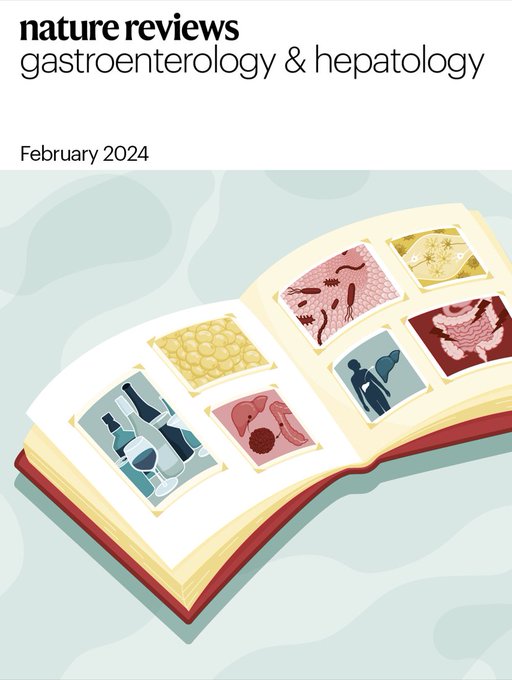肝脏和胰腺类器官的进展:我们已经走了多远,下一步要去哪里?
IF 51
1区 医学
Q1 GASTROENTEROLOGY & HEPATOLOGY
引用次数: 0
摘要
在过去的十年里,类器官培养方法的进步使得体外三维细胞培养的生长在体内器官的细胞组成、结构和功能方面的保真度越来越高。作为体外系统操作类器官的可及性和能力的增加导致了实验生物学领域的转变。无论是来自干细胞还是组织驻留细胞,类器官现在通常用于发育、体内平衡、再生和疾病建模(包括病毒感染和癌症)的研究。这些类器官的应用与胃肠道组织高度相关,包括肝脏和胰腺。在这篇综述中,我们探讨了肝脏和胰腺类器官技术的发现和临床转化研究的当前和新兴进展,并对未来的挑战进行了展望。本文章由计算机程序翻译,如有差异,请以英文原文为准。
Advances in liver and pancreas organoids: how far we have come and where we go next.
Over the past decade, advances in organoid culturing methods have enabled the growth of three-dimensional cellular cultures in vitro with increasing fidelity with respect to the cellular composition, architecture and function of in vivo organs. The increased accessibility and ability to manipulate organoids as an in vitro system have led to a shift in the landscape of experimental biology. Whether derived from stem cells or tissue-resident cells, organoids are now routinely used in studies of development, homeostasis, regeneration and disease modelling, including viral infection and cancer. These applications of organoids are highly relevant for gastrointestinal tissues, including the liver and pancreas. In this Review, we explore the current and emerging advances in liver and pancreas organoid technologies for both discovery and clinical translation research and provide an outlook on the challenges ahead.
求助全文
通过发布文献求助,成功后即可免费获取论文全文。
去求助
来源期刊
CiteScore
52.30
自引率
0.60%
发文量
147
审稿时长
6-12 weeks
期刊介绍:
Nature Reviews Gastroenterology & Hepatology aims to serve as the leading resource for Reviews and commentaries within the scientific and medical communities it caters to. The journal strives to maintain authority, accessibility, and clarity in its published articles, which are complemented by easily understandable figures, tables, and other display items. Dedicated to providing exceptional service to authors, referees, and readers, the editorial team works diligently to maximize the usefulness and impact of each publication.
The journal encompasses a wide range of content types, including Research Highlights, News & Views, Comments, Reviews, Perspectives, and Consensus Statements, all pertinent to gastroenterologists and hepatologists. With its broad scope, Nature Reviews Gastroenterology & Hepatology ensures that its articles reach a diverse audience, aiming for the widest possible dissemination of valuable information.
Nature Reviews Gastroenterology & Hepatology is part of the Nature Reviews portfolio of journals.

 求助内容:
求助内容: 应助结果提醒方式:
应助结果提醒方式:


